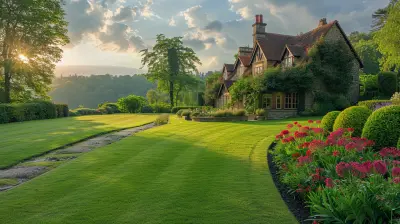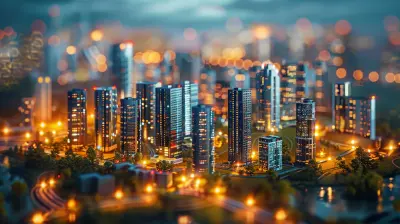The Environmental Impact of Suburban Expansion: What Homebuyers Should Know
13 June 2025
Suburbs—we love them. The white picket fences, the BBQ-ready backyards, the peace and quiet just outside of city chaos. But ever wonder what our dream homes in leafy neighborhoods are doing to the environment? Spoiler alert: it’s not all sunshine and roses.
Let’s roll up our sleeves and dig into the environmental impact of suburban expansion. Whether you're house hunting, daydreaming about a future oasis, or just playing the "what-if" game, this one's for you.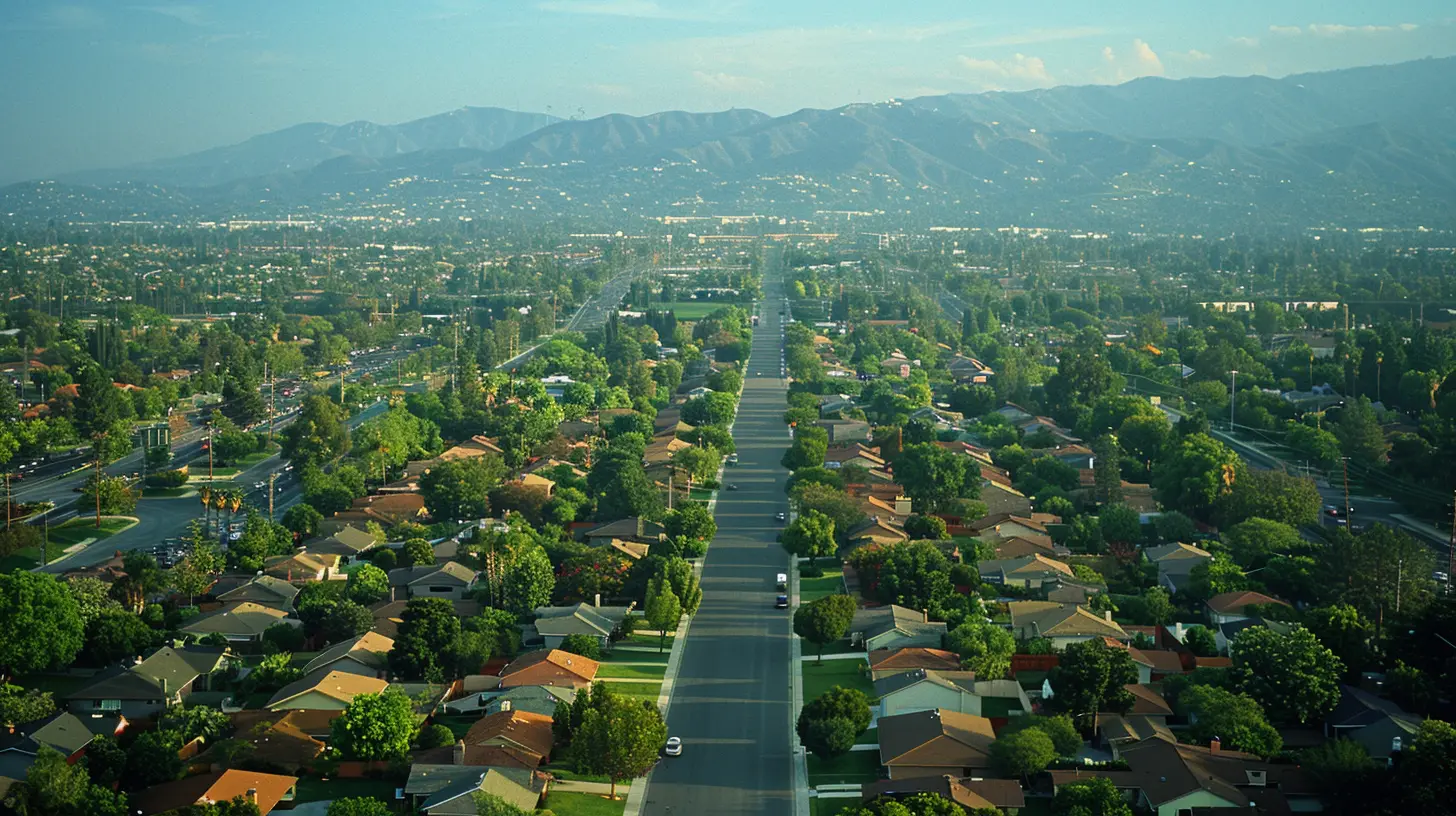
What Is Suburban Expansion, Anyway?
Before we dive into the nitty-gritty, let’s define suburban expansion. In plain English, it’s when cities stretch out like a lazy Sunday afternoon nap. As people move out of urban areas for more space, suburbs grow. This growth often means converting forests, farmland, and open spaces into housing developments, strip malls, and endless parking lots.Sounds cozy, right? But it’s not quite that simple.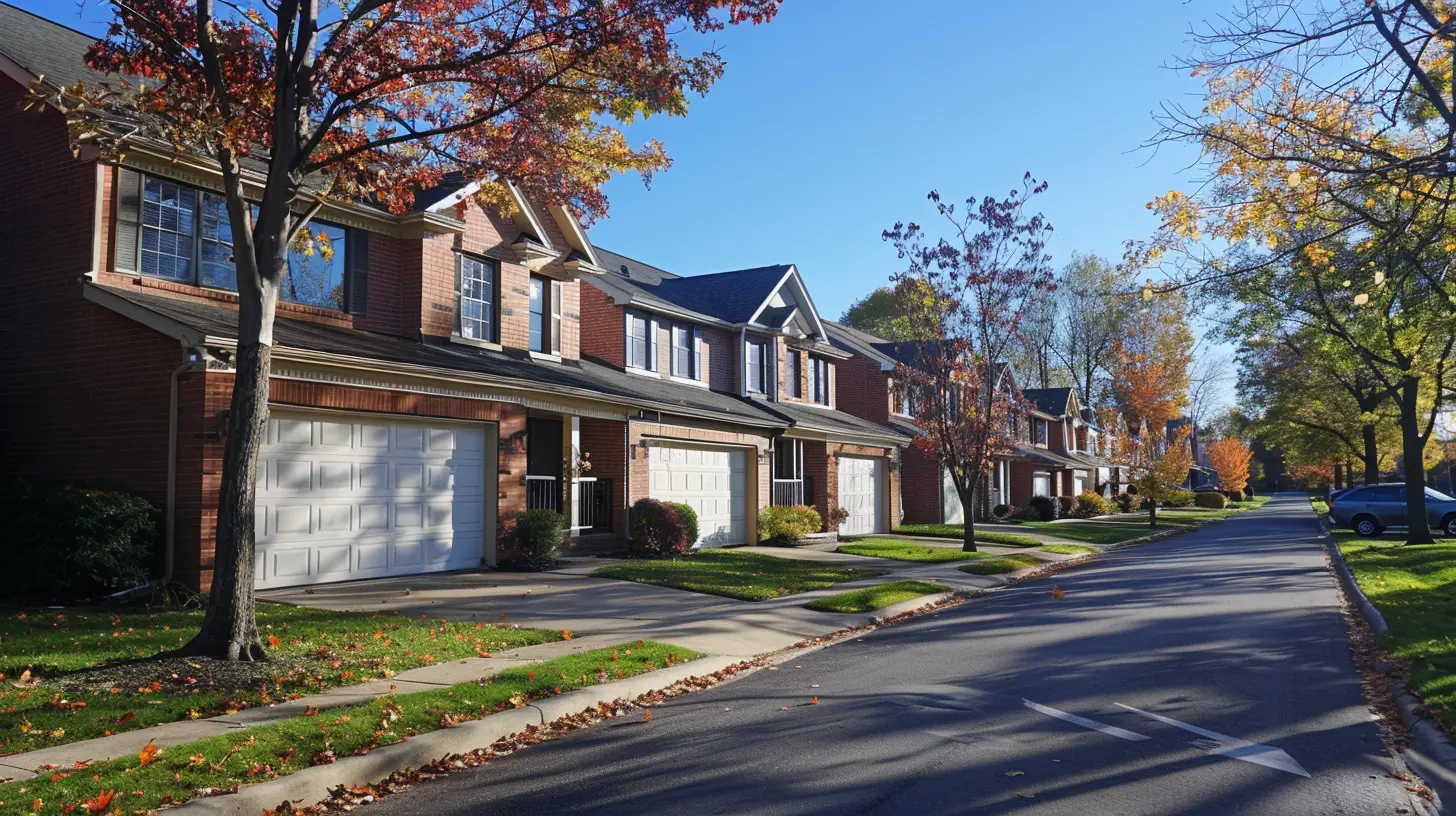
Why Are Suburbs So Popular?
There’s no mystery here. People are packing their bags and heading to the ‘burbs for:- More space (hello, walk-in closets!)
- Quieter neighborhoods
- Better schools
- Lower cost per square foot
Let’s be honest—suburbs kind of sell themselves. Bigger homes, bigger yards, and a bit more breathing room from the hustle-and-bustle life. But while you gain space on the lot, we’re subtracting space from Mother Nature.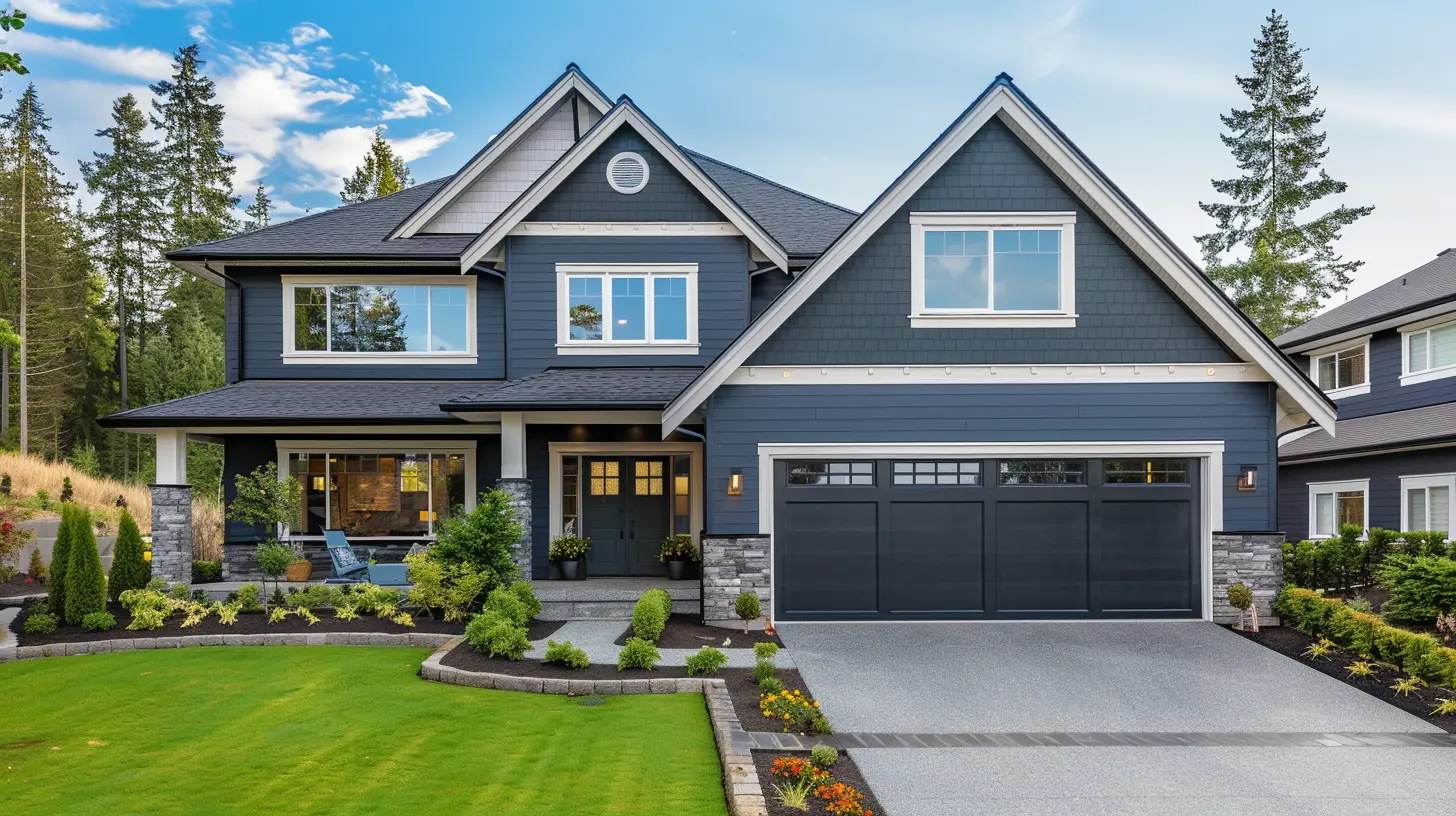
The Environmental Price Tag of Suburban Living
Okay, here’s where it gets real. Suburban expansion can do a number on the environment in several sneaky ways. Let’s break them down.1. Loss of Natural Habitats
Every new subdivision has to be built somewhere—and that “somewhere” is often a forest, meadow, or wetland. When we level trees and drain marshes to make room for new homes, we say bye-bye to the wildlife habitats.Ever notice deer wandering into suburban backyards? That’s not them being friendly—they’ve just got nowhere else to go.
2. Increased Carbon Emissions
Guess what? Suburbs are car-dependent. Like, terribly so. Schools, stores, work—everything's spread out. Without reliable public transportation, we’re piling into cars for every little trip.More cars = more emissions = a sadder planet.
It’s kind of like trading your bike for a gas guzzler. Not exactly a green upgrade.
3. Urban Sprawl and Land Consumption
We’re not just expanding—we’re sprawling. Think of it like peanut butter on a slice of bread. Sure, it covers surface area, but too much and it starts oozing over the edges.Sprawl uses up land inefficiently. Instead of building up (like in cities), we build out. The result? Endless rows of near-identical homes separated by seas of pavement and just enough grass to mow once a week.
This kind of development chews through land faster than a teenager with a bottomless snack drawer.
4. Water Runoff and Pollution
All those new rooftops, sidewalks, and roads don’t soak up rain like forests do. Instead, they create runoff. That rainwater hits pavement, picks up oil and pollutants, and rushes into storm drains, rivers, and lakes.Fun fact (not actually fun): This can mess with water quality and wildlife big time.
5. Energy Inefficiency
Big homes = big energy bills. Suburban homes often use more energy for heating and cooling than smaller city apartments. And with houses spaced farther apart, running infrastructure (like power lines and water systems) becomes less efficient too.So while it might feel great to sprawl out on your couch, your HVAC system is working overtime just to keep up.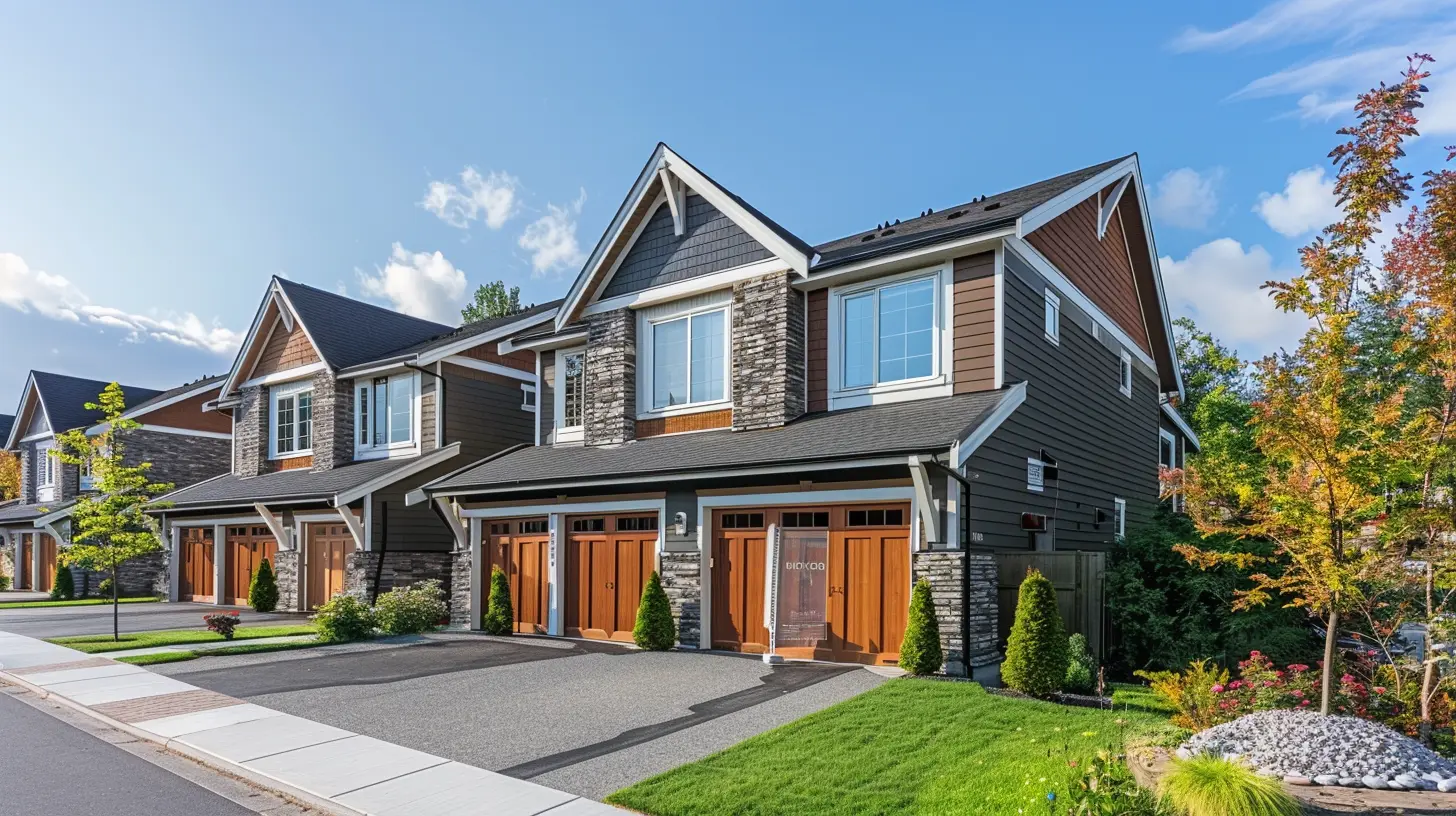
But Wait—Is Suburban Living All Bad?
Let’s not toss all suburbs into the environmental villain pile. Not all expansion is created equal. Some communities are fighting back against the sprawl with eco-friendly design, better zoning, and green infrastructure.Eco-Friendly Suburbs Are a Thing (Yes, Really!)
Certain suburbs are being planned with the environment in mind. Look out for:- Green building materials and energy-efficient designs
- Community gardens and native landscaping
- Bike paths and walkable layouts
- Public transit options (even if it's just a commuter train)
These efforts make a big difference over time. Think of them like reusable grocery bags: small actions that add up.
What Homebuyers Should Think About
Buying a home is huge—financially, emotionally, and yes, environmentally. And hey, you don’t need to be an environmental scientist to make a better choice.Here are some green flags to look for when house hunting in the suburbs:
1. Proximity to Work and Services
The closer you are to your daily destinations, the fewer miles you’ll rack up. Bonus: less time in traffic, more time binging your favorite series.Check out walk scores and ask about public transportation. Even being within biking distance can seriously cut your carbon footprint.
2. Energy Efficiency
Ask about:- Insulation
- Window types
- Energy Star appliances
- Heating and cooling systems
- Solar panels
A well-insulated home isn’t just good for the planet—it’s cozy and cheaper to run. That’s a double win.
3. Local Zoning and Planning
Some towns and cities are ahead of the game with sustainable zoning laws. They focus on mixed-use areas, smaller lot developments, and preserving green spaces.If your dream neighborhood cares about the environment now, chances are they’ll keep improving things down the line.
4. Landscaping with a Purpose
A lush lawn might look great, but it can be an environmental nightmare (hello, fertilizers and water waste). Instead look for (or implement yourself):- Drought-resistant plants
- Native shrubs and trees
- Rain gardens
- Composting or mulching systems
Because it’s not just about curb appeal—it’s about eco-appeal too.
Can We Rethink Suburbs Altogether?
Honestly? Yes. The traditional model of suburban development is ripe for reinvention.The Rise of the “15-Minute Neighborhood”
Imagine a suburb where you can walk to the store, bike to school, and hit a park all within 15 minutes. It’s a growing trend called the “15-minute city” model, and it's catching on in suburban design too.These new-style communities blend the perks of suburbia with the convenience (and eco-friendliness) of city living.
Vertical Instead of Horizontal
Who says suburbs have to sprawl? More townhomes, duplexes, and community-focused housing can minimize land use, cut emissions, and still offer that quiet living vibe.Let’s be honest—we don’t need five bathrooms for two people and a dog.
Suburbs vs. Sustainability: Finding Balance
Look, we’re not saying you should never move to the suburbs. Suburban life can be amazing for families, peace of mind, and your overall wellness.But, just like picking avocado toast over bacon every now and then, being mindful of your environmental impact matters.
Here’s how you can help strike a balance:
- Support green local policies
- Make your home energy-efficient
- Carpool or use public transit
- Start a compost pile
- Advocate for smart development in your community
Because home isn't just your house—it’s the planet we all share, too.
Final Thoughts: Home Is Where the Heart (and Earth) Is
So, what should homebuyers know about suburban expansion and its environmental impact?It’s this simple: your home choice doesn't just affect your family—it affects your community and the planet. With a little awareness and a splash of eco-consciousness, you can have your suburban cake and eat it with a locally-sourced, sustainably made fork too.
Homeownership should be exciting—not guilt-inducing. Let’s make smart, earth-friendly decisions one picket fence at a time.
all images in this post were generated using AI tools
Category:
Suburban HomesAuthor:

Melanie Kirkland
Discussion
rate this article
2 comments
Brittany Wood
Important insights, thank you!
November 21, 2025 at 11:40 AM
Tabitha Blair
Thank you for shedding light on the environmental implications of suburban expansion. It's crucial for homebuyers to consider these factors in their decision-making process. Sustainable choices can lead to healthier communities and ecosystems.
June 19, 2025 at 2:31 AM

Melanie Kirkland
Thank you for your thoughtful comment! I agree that considering sustainability is essential for fostering healthier communities and protecting our ecosystems.
